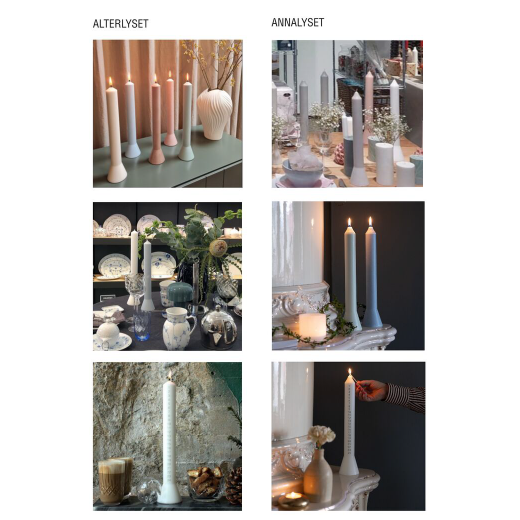10 tips for the future designer
Our CEO, Henrik Lübker, held a speech to the new students of KEA Design & Business.
Since all designers can have an off day or feel stuck, we compiled all 10 tips from his speech for all to read. Even though it was dedicated for students, we though some of them would be good to remember for all designers!




